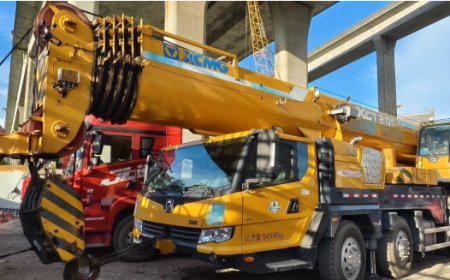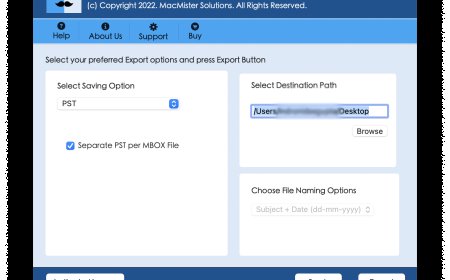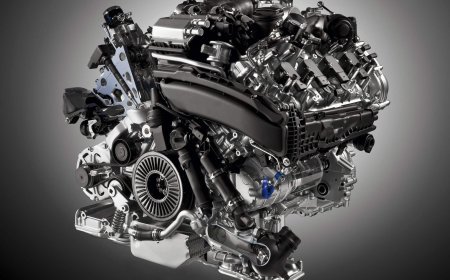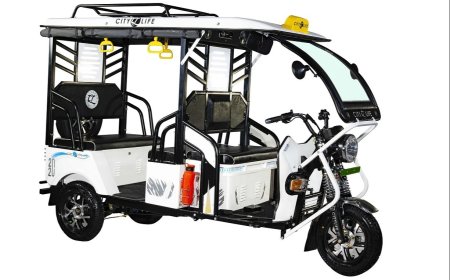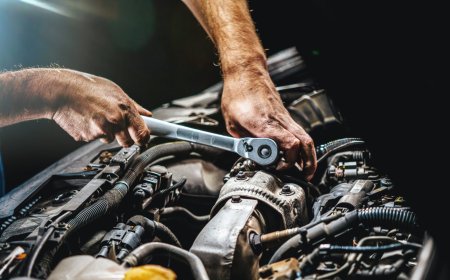How Wrecked Cars Tell the Story of Australian Roads
Wrecked cars reveal the hidden history of Australia’s roads — from harsh climates to rough terrain and daily driving habits. Learn how each scrapped vehicle tells a story.

Introduction
Across every stretch of Australia, from coastal highways to the vast outback roads, vehicles become part of the landscape. Some make it to their destinations, while others end up in scrap yards. These wrecked cars are more than just damaged metal. Each one holds a story that reflects the journey of drivers, the condition of roads, the climate, and the habits of everyday travel. Studying them reveals much about how Australians use their vehicles and how the road network shapes their driving experiences.
Wrecked Cars and the Australian Climate
Australia experiences a wide range of weather, and this has a strong effect on vehicle wear and tear. In the north, high humidity and heat can damage rubber seals and cause parts to fail sooner. In the south, colder regions can cause rust due to moisture and salt, especially near coastal areas. Many wrecked cars found in scrapyards show damage linked to weather. Paint may be faded from strong sun exposure, or underbodies might be rusted from salt carried by sea winds. These vehicles give real signs of how the climate affects long-term car use across different parts of the country.
Road Quality and Car Damage
Australia has both smooth city roads and rough country tracks. While major highways are well maintained, rural and remote roads often have potholes, loose gravel, and steep inclines. This mix causes varied damage to vehicles. Suspension systems may break down, undercarriages may scrape, and tyres may show signs of constant pressure. When these damaged cars are finally scrapped, they reveal a record of the surfaces they once travelled. A bent wheel rim or cracked chassis can often be traced back to poor road conditions.
Even newer vehicles in scrap yards may show damage from one hard impact usually from a hit with a pothole, an animal crossing, or loose debris on the road. These clues help paint a picture of where the vehicle has been and what sort of terrain it covered.
The Role of Driving Habits
Wrecked vehicles also reveal how Australians drive. Some cars show signs of harsh braking, poor maintenance, or risky manoeuvres, while others suggest long-term care before a final accident or mechanical failure. For instance, burnt-out clutches or worn-out tyres could indicate heavy city traffic or frequent long-distance trips. Vehicles found in country areas often carry marks of collisions with wildlife, especially kangaroos or wombats, which are common hazards on regional roads.
The way Australians drive whether cautious or aggressive leaves a mark on every car. These patterns become visible when mechanics or dismantlers assess wrecked vehicles. A skilled eye can often guess the driving style just by looking at the wear and tear inside and outside the car.
The Hidden History in Car Modifications
Not all changes to a wrecked car happen by accident. Many Australians love modifying their vehicles, especially in regional and suburban areas. Bull bars, lift kits, and roof racks are common additions, especially for those who enjoy camping, off-roading, or towing. These upgrades speak about lifestyle choices, not just travel. Even when a modified vehicle ends up in a scrap yard, its additions remain. They tell stories of weekend trips, long road journeys, or work-related driving.
Sometimes, a car arrives at a wrecking yard with upgrades that were meant to improve performance or safety but may have added stress to the vehicle. Heavy tow loads or oversized tyres can wear out engines or gearboxes more quickly. In this way, modifications can be both a story of adventure and a cause of eventual failure.
Environmental Lessons From Scrapped Vehicles
When a vehicle reaches the end of its road life, it does not mean its parts go to waste. In fact, scrapped cars in Australia are often used as a source of reusable metal, electronics, tyres, and plastics. This helps reduce the need for raw material extraction, and lessens the strain on landfill sites.
But beyond the recycling process, these cars also highlight which vehicle models survive longest, which engines hold up over time, and which parts commonly fail. This silent feedback, gathered from thousands of wrecked vehicles, can influence future vehicle designs or buyer choices. It becomes a slow but steady learning process that benefits future road users.
Connecting Car Wrecks With Local Services
In cities and towns across the country, car owners eventually need to let go of vehicles that no longer run. Some are too damaged to repair, while others have simply worn out over time. When people reach this point, they often seek a service that can collect the vehicle and help it begin a new journey as scrap or recycled material.
This is where services like scrap cars Ipswich become useful. They operate in regions where vehicle disposal is necessary due to damage, wear, or road accidents. These local services ensure the vehicle is removed in a way that follows local rules, while also making sure useful parts and materials are not wasted. Whether the car faced harsh weather, rough roads, or mechanical stress, these collection services help close the loop. They are a natural part of the story every vehicle tells from first use to final breakdown.
Conclusion
Each wrecked car in Australia is more than just a heap of metal. It holds the marks of every place it has been, every road it has crossed, and every condition it has faced. By looking closely at these vehicles, we get a better understanding of our driving environment. From city traffic to outback journeys, every road leaves a sign on the vehicle that travelled it. These stories, told without words, help drivers, manufacturers, and services learn more about the past and prepare for the future.





